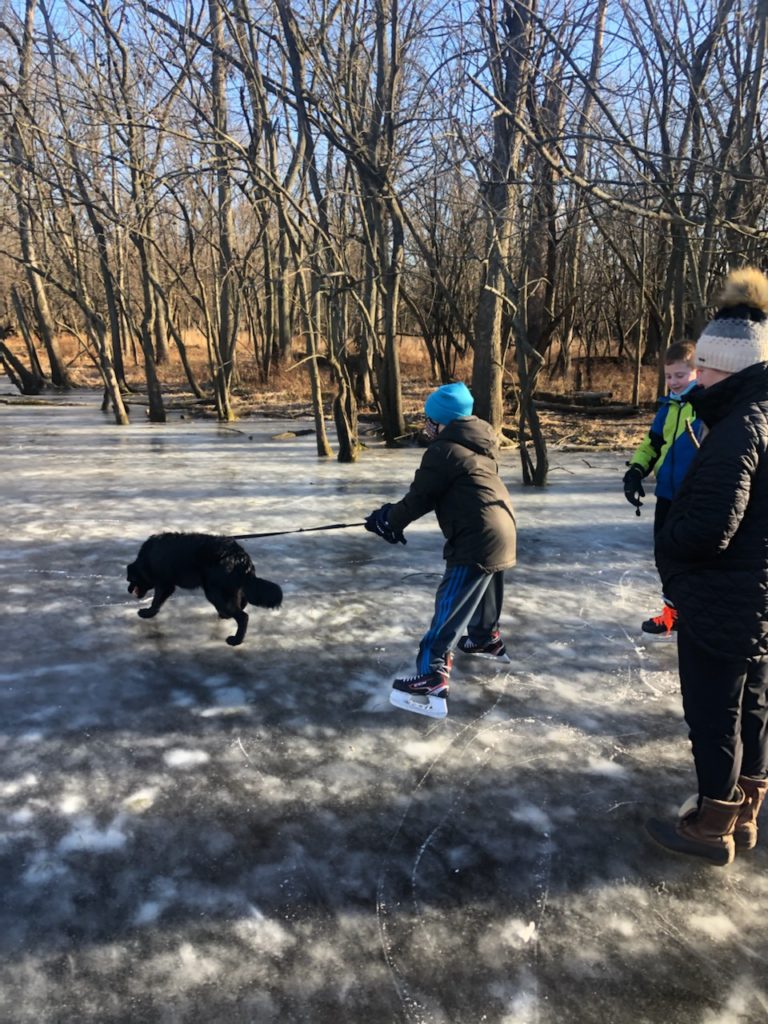Dear Friends,
I do love the intersection of science and art. I try to lock the two together in my life and teaching. A friend recently introduced me to a remarkable film about the life of a little known, ground breaking artist: Hilma Af Klindt. Not only is her art striking and revolutionary for the period, but it reflects the ongoing revelations that were occurring in the natural sciences. Please find time to view this wonderful film :Beyond the Visible https://www.youtube.com/watch?v=UGw9sAxhXXw
K-5 Ecology Activities!
On line, full time ecology teaching has forced and allowed me to cover new subject areas, to go deeper and further afield. Remember that all past and current lesson plans and links can be accessed at watersecology.org.Here’s a little sampling of what I am doing :In Kindergarten…. we’re mostly singing and story telling. I wish the whole curriculum could be taught in song and story. I’m beginning to tell the story of Snake and Turtle, the history of our school and river. Children this age love visits from animals (stuffed or live!). We learned about cottontail rabbits this past week in the context of winter survival of animals. The visiting rabbit had long conversations with the kids. They came up with names for the 10 bunnies she’s expecting this spring. I told the kids to look for bunny prints in the snow that was predicted that evening. The next day, Ms. Frieswyk told me the kids were shocked that the snow didn’t appear. “Mr. Leki said it would snow!”
In First grade, we continued with our ninth out of eleven trees. Ash. I taught them the song about the 11 neighborhood trees. One mom recognized it as a corrido, a traditional mexican song form that often includes very emotional crying: “So many ash trees are dying!!! Because of a small emerald beetle.” https://docs.google.com/document/d/1_yGeLgQa6X-KXDLNzDpgoYsIzU8yjHDFRylO7kJgH8Y/edit?usp=sharingThe kids are doing very well, and take the subject very seriously. I recently posted a gallery of the trees we’ve covered so far. I spent alot of time on the drawings because 1) I have a lot of time to spend, and 2) I want to model the fact that the drawings can be both science AND art, if we work on it. Check them out.
https://docs.google.com/presentation/d/1hxImLBHi-X3iLe75E9R1r94ORuzBl7yh4Z9pXf1r58I/edit?usp=sharing
Second grade is learning our take on the Yoko Ono song “We’re All Water!”https://docs.google.com/document/d/12b683W8UvfCipiLAXcWiIXekRX8u78GTv2j6dHqvPoI/edit?usp=sharing
We are focusing right now on the almost magical properties of water, a result of its interesting atomic / molecular configuration. We did demonstrations of water’s ability to :diffract white light into a rainbow;diffuse dyes and act as a solvent, witnessing Brownian motion;cohesion ~ we floated a paper clip on water showing surface tension;and adhesion ~ water flowing uphill, against gravity, because of its attraction to the tiny fibers in a paper towel, or the microtubule walls (xylem and phloem) in a tree. Here’s Miles running the experiments at home, on his own!

Third grade Mighty Acorns learned about winter survival strategies of plants, bids and other animals (humans!) We looked at track sheets showing many of the animals that are active in the forest in winter. Animal tracks in winter are also magical in the sense that they open for us a window into the past. We can see where an animal had been and where it was going to, who or what it met up with and what it did! I asked the students to ask their parents to take them to a wild place, after a fresh snowfall, and to find animal tracks that tell a story:Rabbit tracks in the prairie (hop, hop). Coyotes track on intercept course. Rabbit takes evasive course. Both increase their stride. Rabbit tracks disappear! Sprinkles of blood, rabbit fur!. Coyote walks away!I’m happy to share that Oliver and family visited Sauganash and went skating on the slough!

Fourth Grade Mighty Acorns learned how to ID the invasive species European Buckthorn. Ask them about the 6 ways to know Buckthorn. Sadly we won’t be cutting with our students this winter. But, they would still benefit from a visit to Sauganash to seek out this invader and testing your knowledge. https://docs.google.com/document/d/1FBh-7kHyOkJffPvqNFrBb5DNmqNx3j-9ze3vNJKJr7E/edit?usp=sharing
Fifth Grade has used the power of graphing to illustrate an example of Population Dynamics, the effect of interactions of species on population counts. In this case we have compared populations of deer, mountain lions and humans, 1800 – 2000. The graph reveals more than numbers. The data set represent correlations, causal relationships between the species, anddisjuncts, moments when normal patterns are disrupted. They beg explanation. Please ask your fifth grader to explain!https://docs.google.com/spreadsheets/d/1PKy_GsIUqOl9rI5EOxyY8Xg13-OqMbXZoGIdmTGkjOM/edit?usp=sharing